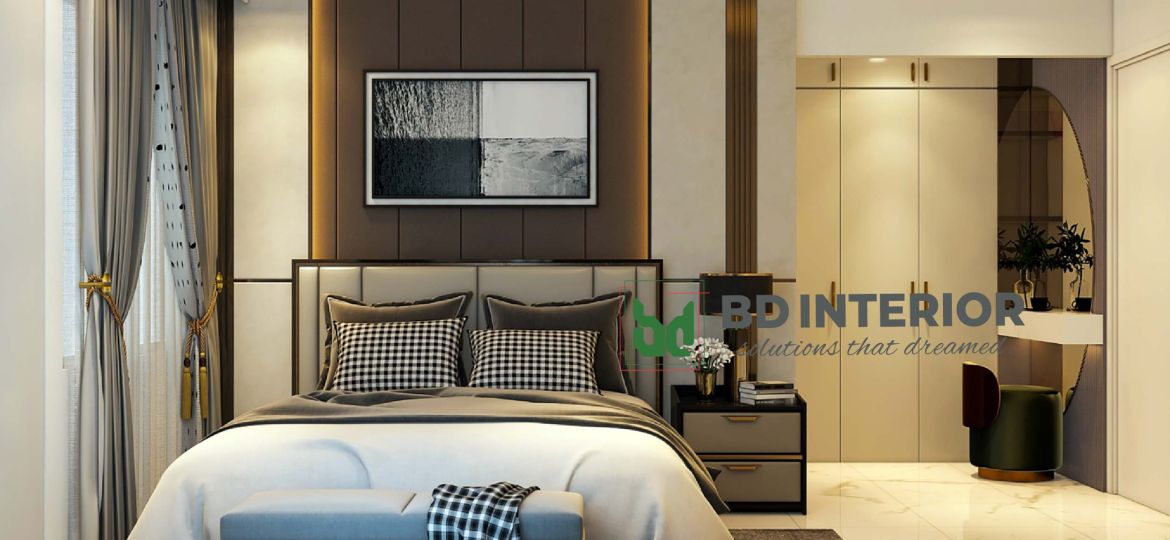
The Importance of Color Psychology in Home Interior Design
Introduction:
Color is one of the most powerful tools in the arsenal of interior designers, capable of transforming a space and influencing the emotions and perceptions of its occupants. From creating a cozy and inviting atmosphere to boosting productivity and enhancing relaxation, the strategic use of color psychology is paramount in achieving well-balanced and harmonious interiors. In this article, we delve into the significance of color psychology in home interior design, exploring its emotional impact, visual perception, functionality, personalization, and role in creating balance and harmony within a space.

Understanding Emotional Impact:
Color psychology revolves around the emotional responses evoked by different colors. Warm colors such as reds, oranges, and yellows tend to create a sense of energy, warmth, and vibrancy, making them ideal for spaces where social interaction and stimulation are desired. Conversely, cool colors like blues and greens evoke feelings of calmness, serenity, and relaxation, making them suitable for areas intended for rest and rejuvenation, such as bedrooms or living rooms. By harnessing the emotional impact of colors, designers can tailor the ambiance of a space to align with the desired mood and function.

Visual Perception and Spatial Effects:
Colors also play a significant role in shaping the perceived size, shape, and brightness of a room. Lighter colors have a visually expansive effect, making spaces feel larger and more open, while darker hues can create a sense of intimacy and coziness. By strategically incorporating light and dark tones, designers can manipulate the visual perception of space to achieve desired effects. For instance, in small rooms, using lighter colors on walls and ceilings can create an illusion of spaciousness, while in large, open-plan areas, darker colors can help define zones and create a sense of intimacy within the space.

Functionality and Productivity:
Color psychology extends beyond aesthetics to impact functionality and productivity within a home. In areas dedicated to work or study, such as home offices or study nooks, selecting colors that promote concentration, focus, and productivity is crucial. Research suggests that certain colors, such as shades of blue, are conducive to mental stimulation and productivity, making them ideal for workspaces. On the other hand, vibrant hues like yellow can foster creativity and energy, making them suitable for creative spaces such as art studios or craft rooms. By aligning color choices with the intended function of a space, designers can optimize its usability and effectiveness.
Personalization and Expression:
One of the most compelling aspects of color psychology is its ability to reflect and amplify individual personalities and preferences. Color preferences are deeply subjective, influenced by factors such as cultural background, personal experiences, and emotional associations. By understanding the psychological associations of different colors, designers can help homeowners express their unique style and personality through their interior spaces. Whether it’s a serene sanctuary in calming neutrals or a bold statement in vibrant hues, color choices can serve as a powerful means of self-expression and personalization, fostering a deeper connection between occupants and their living environment.

Creating Balance and Harmony:
Effective use of color psychology is essential in achieving balance and harmony within a space. By considering factors such as color temperature, intensity, and complementary color schemes, designers can ensure that colors work together cohesively to create a visually pleasing environment. Balancing contrasting colors with neutral tones or incorporating pops of color as accents can add depth and interest to a room without overwhelming the senses. Moreover, striking a harmonious balance between different colors helps create a cohesive and unified design scheme that enhances the overall aesthetic appeal of a home.
Conclusion:
In conclusion, color psychology is a fundamental aspect of home interior design, with far-reaching implications for the ambiance, functionality, and personalization of a space. By understanding the emotional impact, visual perception, functionality, and expressive potential of different colors, designers can create spaces that not only look visually appealing but also evoke specific emotions, enhance functionality, and reflect the unique personalities of their occupants. Whether it’s creating a cozy retreat, a productive workspace, or an inspiring living environment, harnessing the power of color psychology is essential in crafting harmonious and well-balanced interiors that enrich the lives of those who inhabit them.
0